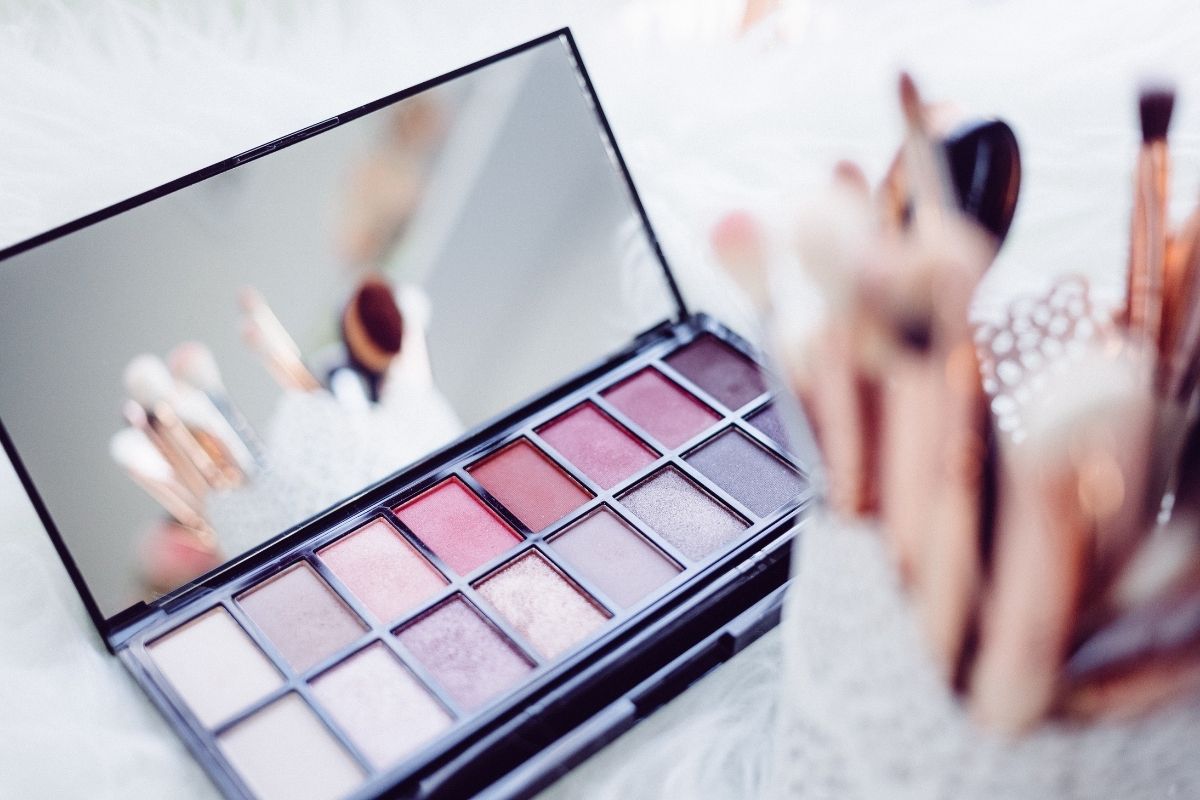The Cosmetics Industry: Product Forms in Cosmetics
There are numerous product categories. They are skincare, haircare, fragrance, personal care, and color cosmetics.
Color cosmetics include foundations, lipsticks, and eye shadows. Over-the-counter (OTC) also falls under this category. OTC refers to products purchased without a prescription from a doctor. For example, skin tint with SPF.
As you can see, the product forms for color cosmetics are rather general. But, there are classifications inside each subcategory. Eye shadow, for example, can be further divided into creams, powders, and hybrids, such as demi press, slurry, and amorphous textures.
A baked powder is a product that undergoes a particular high-temperature curing or baking process to provide a product that is both wearable and weightless on the skin.
A slurry powder is an example of a powder subcategory. This technique converts powder into a mud-like consistency. It also produces a dry powder that’s ultra creamy and smooth.
The industry is moving toward hybrids due to our need for innovation and multi-use products. A hybrid combines qualities from two or more groups. A moisturizer with color and SPF, such as a BB cream, is an example. Another example is a pearl-infused primer that contains a skin-brightening cream.
The distinctions between skincare and cosmetics are becoming increasingly blurred. Transformative textures for tactile and visual senses, such as powder to lotion, cream to water, oil to lotion, cream to oil, foam to liquid, or new color forms, such as color shifting, transforming, and encapsulating, are becoming essential.
Swirl technology combines a variety of uses and colors into a single composition. It isn’t only visually appealing in lip gloss, lips, creams, hybrids, foundations, tints, skin creams, and primers. Special effects are especially significant since they provide various benefits while also satisfying a craving for beauty.
These ingredients provide a new texture or advantage that you can add to these formulas. Infusing a skin tint with extra moisturizers for quick hydration, SPF in a lipstick, and highlighters in a concealer are just a few examples.


